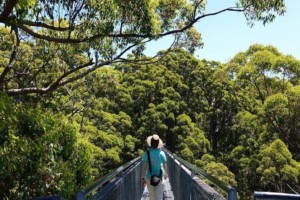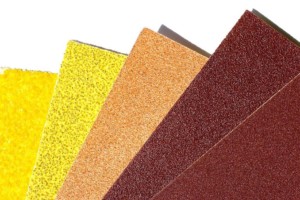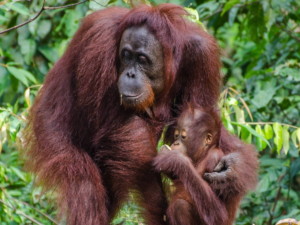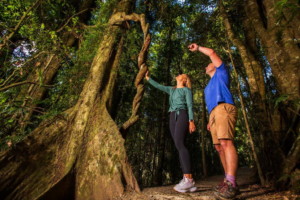Her beauty and her terror … The wide brown land, Australia, is open for business
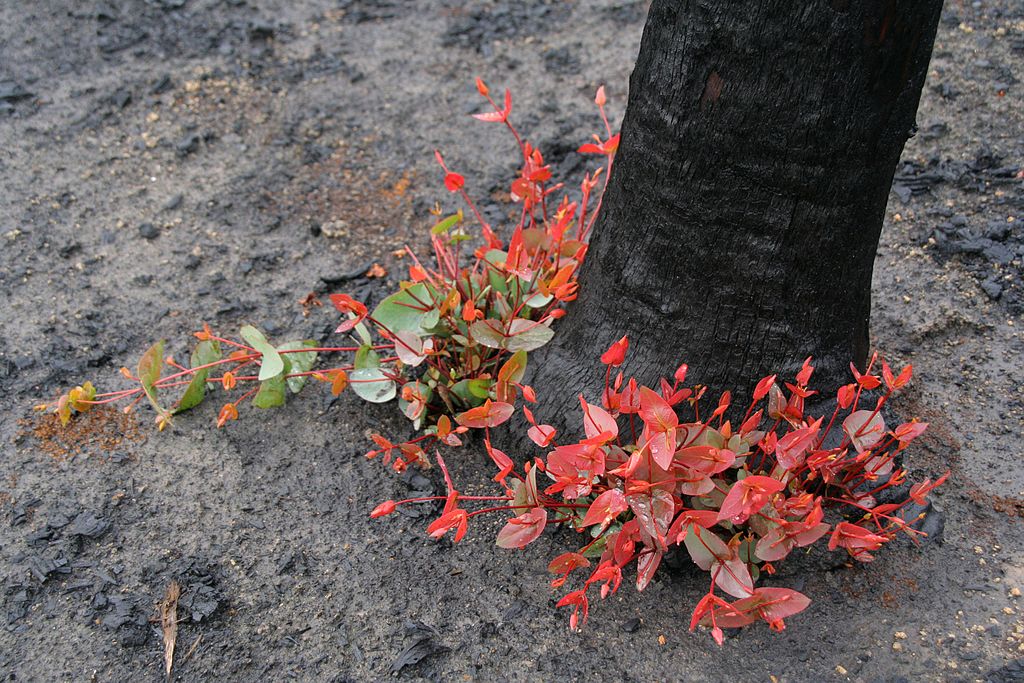
“The best way to support Australia, Australian communities, and the tourism sector is to keep visiting,” says Tourism Australia on its bushfire information resources web page.
“If you cannot travel to an affected area due to bushfires, one of the many ways to help includes rescheduling instead of canceling …”
If you didn’t already know, your correspondent is based in Australia. A lot of the time, anyway. And away from the recent conflagrations, fortunately.
There are a lot of places in Australia that are a long way from those fires. Australia is a very big country as you probably know. Yet many of the fire maps you may have seen on social media are terribly misleading, making it look like the whole country is on fire. Your correspondent has seen these maps shared by tourism professionals in tourism professional groups. Very unprofessional.
Several years ago there were large and very dangerous bushfires in the South West region of Western Australia, not very far from Walpole where your correspondent spends a lot of his time. So “GT” can endorse Tourism Australia’s suggestion for visitors to reschedule rather than cancel.
Why?
The Australian bush is often at its most beautiful when recovering from fire; when vibrant shades of green and gold, pink and red sprout from coal-black earth and trunks and stumps. And Australians from the bush are just as resilient, epitomised by their vollie firies (volunteer firefighters).
Nature’s recovery from the most recent fires over east is already underway. Photographer Murray Lowe has been out and about capturing images from around Kulnara in New South Wales. And his beautiful images are going viral. “There is life out there,” he writes. “And so marvellous to see it all once again regaining it’s foot hold on this parched and scorched landscape.”
In the days, weeks, and months after the South West fires that “GT” experienced several years ago it was incredible to see carbon-based life forms, just like us but nothing at all like us, rise so quickly from the ashes. And the famous Western Australian wildflowers that followed in spring, after a winter dousing, were somehow extra special framed as they were against cleaner, less busy backgrounds.
It’s almost as if the Australian bush needs fire. And many, including the first people, would argue that it does.
Since that dangerous time experienced in the magical forests of the South West, there seems to have been many more prescribed hazard reduction burns undertaken by our state-based Parks & Wildlife crews. Touch wood, that strategy will help keep your correspondent’s humble place safe for many summers to come.
If one were to dispassionately consider, from multiple sources, what did or did not contribute to the fires many hundreds and thousands of kilometres away in the eastern states, one would be left confused.
It’s complicated. And it’s not a great idea for “GT” nor any other non-expert to add to the confusion with a half-baked hypothesis set out to cool on a social sill.
Let those who should know have their respectful debates. Let us not blindly barrack and shout for our political colours. There is fire and life and sensible policymaking at stake, not trophies.
What is crystal clear is that your correspondent’s sunburnt country is, as Tourism Australia is keen to point out, open for your tourism business. Rescheduling rather than cancelling visits to burnt out areas should work out very well.
For the recovery of an Australian landscape and community will likely be stunning to see; celebrating what was before and what might be …
For flood and fire and famine,
From Dorothea Mackeller’s “My Country” (c.1908)
She pays us back threefold
Featured image: Like a wreath, epicormic (from under bark) regrowth from the base of a Eucalyptus, four months after the 2009 Black Saturday bushfires in Strathewen, Victoria. Pic by Robert Kerton, CSIRO (CC BY 3.0) via Wikimedia.


